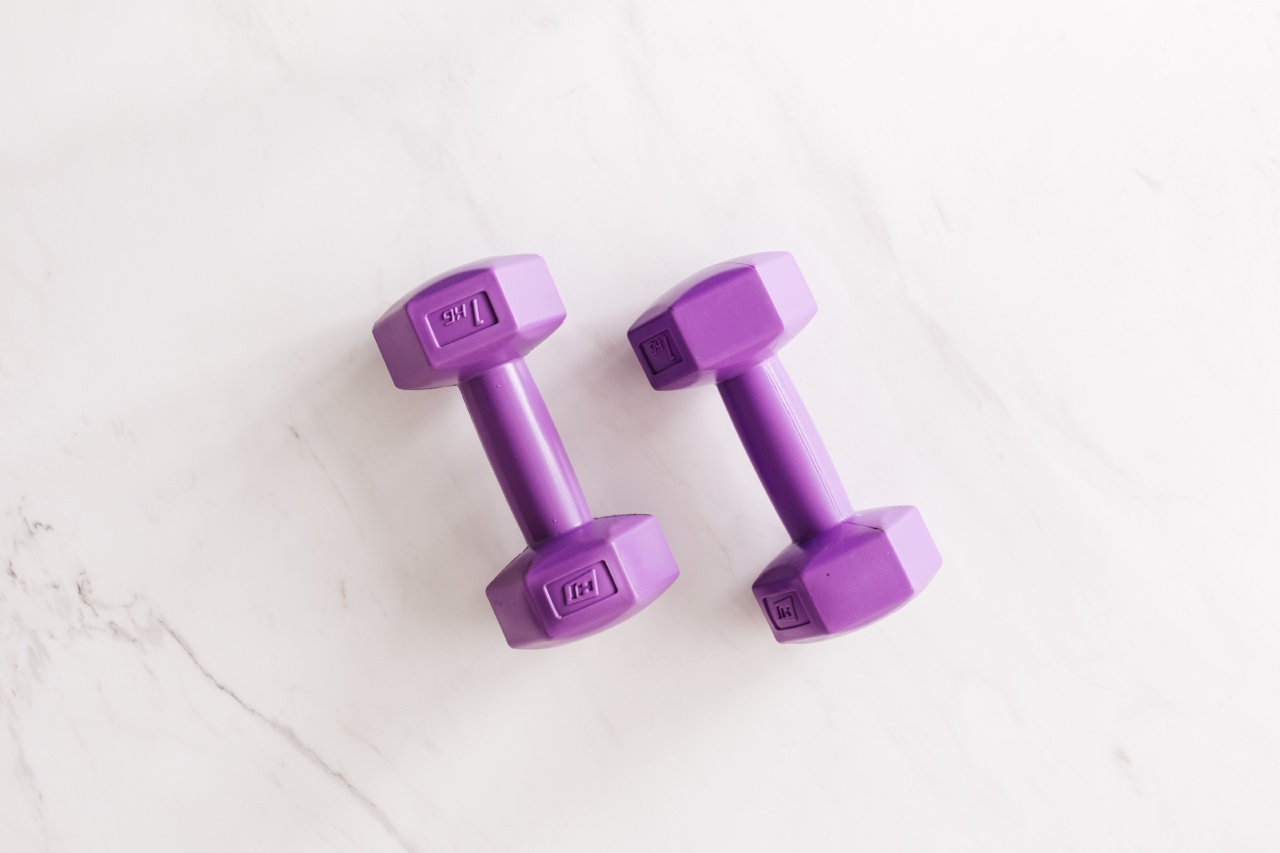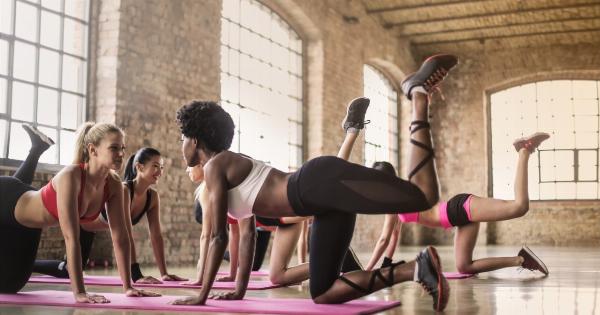When it comes to lifting heavy objects, it is crucial to prioritize safety. Every year, thousands of individuals suffer from injuries related to improper lifting techniques.
These injuries can be debilitating, causing pain and preventing individuals from performing their daily activities. However, by following the correct precautions and utilizing proper lifting techniques, we can significantly reduce the risk of injuries. In this article, we will explore various strategies and tips to prevent injuries while lifting heavy objects.
Understanding the Risks
Before we delve into the preventive measures, it is essential to understand the risks associated with lifting heavy objects. The human body is susceptible to injuries when subjected to excessive strain, especially if the body is not properly prepared.
Some common injuries that can occur while lifting heavy objects include:.
- Strained muscles
- Back injuries
- Herniated discs
- Joint injuries
- Torn ligaments
These injuries can cause immense pain and, in severe cases, may require medical attention or even surgery. However, by implementing the right techniques and taking necessary precautions, we can minimize the risk of these injuries.
Prepare Your Body
Prior to lifting heavy objects, it is important to prepare your body for the task at hand. Here are a few recommendations to ensure your body is ready:.
1. Warm-up Exercises
Performing warm-up exercises before lifting heavy objects helps to loosen your muscles and increase their flexibility. Simple stretches, such as arm circles, side bends, and leg swings, can help prepare your body for the strain of lifting.
2. Strengthen Your Core
A strong core provides stability and support for your spine while lifting. Engaging in exercises that target your abdominal muscles, such as planks and bridges, can help strengthen your core and reduce the risk of back injuries.
3. Maintain a Healthy Weight
Excess weight can strain your muscles and joints, making lifting heavy objects more challenging and increasing the risk of injury. By maintaining a healthy weight through proper diet and regular exercise, you can minimize this risk.
Proper Lifting Techniques
Using the correct lifting techniques is crucial to prevent injuries. Follow these guidelines to ensure that you are lifting heavy objects in the safest manner possible:.
1. Get Close
Before lifting an object, stand as close to it as possible. This minimizes strain on your back and reduces the risk of muscle injuries. Keep your feet shoulder-width apart for a stable base.
2. Bend at the Knees and Hips
When preparing to lift, bend at your knees and hips, not your waist. Squat down while keeping your back straight and your chest lifted. This position will engage your leg muscles and transfer the load from your back to your lower body.
3. Maintain a Good Grip
Ensure that you have a firm grip on the object before attempting to lift it. Use your palms and fingers rather than just relying on your fingertips. Wearing gloves can provide additional grip and protect your hands.
4. Lift with Your Legs
As you begin the lifting motion, push up through your legs, utilizing the power of your leg muscles. Avoid lifting with your back muscles alone, as this can result in strains or other back injuries.
5. Keep the Object Close
As you lift the object, keep it as close to your body as possible. Holding the weight away from your body places additional strain on your muscles and increases the risk of injury.
6. Avoid Twisting
While lifting or carrying heavy objects, it is crucial to avoid twisting your body. Twisting places excessive stress on your spine and can lead to painful injuries. Instead, pivot your feet to change direction.
Additional Safety Tips
In addition to correct lifting techniques, here are some additional safety tips to ensure injury prevention:.
1. Use Lifting Aids
When feasible, use lifting aids such as dollies, carts, or forklifts to transport heavy objects. These tools can significantly reduce the strain on your body and minimize the risk of injuries.
2. Don’t Overexert Yourself
Know your limits and avoid pushing yourself too hard when lifting objects. If you feel that the weight is too much for you to handle, seek assistance or find an alternative solution.
3. Take Breaks
When engaging in prolonged periods of lifting, make sure to take regular breaks. This allows your muscles to rest and recover, reducing the risk of strain or fatigue-related injuries. Use these breaks to stretch and rehydrate.
4. Dress Appropriately
Wear proper attire when lifting heavy objects, including supportive footwear with non-slip soles. Avoid loose clothing or jewelry that may get caught on objects, potentially causing accidents.
5. Know Your Environment
Before lifting heavy objects, assess your surroundings. Look out for any potential hazards such as slippery surfaces, obstructions, or uneven ground. Clear the area if necessary and ensure a safe path.
Conclusion
Injuries related to lifting heavy objects can have a significant impact on our overall well-being. By understanding the risks, preparing our bodies, and utilizing proper lifting techniques, we can greatly reduce the chances of sustaining such injuries.
Always prioritize safety and take the time to implement these preventive measures. Remember, it is better to take a few extra precautions than to suffer the consequences of an avoidable injury.































